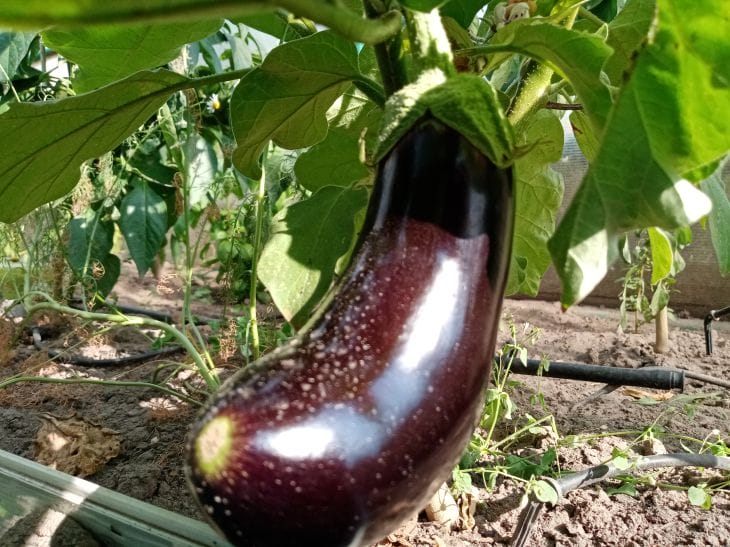Eggplants, like other vegetables, require the right choice of planting location.
Mistakes can lead to reduced yields, soil contamination and plant death.
To get a healthy and rich harvest, it is important to take into account the characteristics of this crop and avoid mistakes when planting it.

Plots after nightshade crops
Eggplants belong to the nightshade family, so they cannot be planted in beds where tomatoes, potatoes, peppers or other plants from this family were previously grown.
The soil in such places is depleted and contains pathogens common to all nightshades. Even after careful cultivation, pathogens remain in the soil that can destroy young seedlings.
After a few seasons, the soil recovers, but without crop rotation, the risk of diseases remains. It is better to choose areas where beans, carrots or onions were previously grown.
Shady areas
Lack of sunlight slows down the growth of eggplants, making them vulnerable to fungal infections. It is not advisable to plant eggplants in the shade of trees or near fences.
Plants require up to 10 hours of sunlight per day to produce strong fruit and avoid disease.
In areas with poor lighting, plants are more often attacked by pests, since high humidity and shading create favorable conditions for their reproduction.
Areas with excess moisture
Places with poor drainage, water accumulation or close groundwater are not suitable for growing eggplants. The root system of this crop does not tolerate over-watering, which leads to rotting and death of plants.
To prevent water stagnation, beds should be located on elevated areas or drainage should be provided. Eggplants grow better in light and well-ventilated soils.
Soil with high acidity
Eggplants prefer neutral or slightly acidic soils. If the soil is acidic, it is preliminarily limed or wood ash is added. High acidity slows down plant growth, leads to a lack of nutrients and the appearance of diseases.
Before planting, it is important to check the acidity level to adjust the soil composition. Regular application of organic fertilizers improves its structure and makes it suitable for growing.
Areas subject to wind erosion
Strong winds damage the leaves and stems of eggplants, disrupting the pollination process. In open areas, plants experience stress, which leads to a decrease in yield.
It is better to place the beds in protected places or use artificial barriers. A hedge or special net helps to retain heat and humidity.
Soil depleted by years of use
If the area has been used for a long time without fertilization, it loses its ability to support crop growth. Depleted soil contains a minimum amount of nutrients necessary for eggplants.
Before planting, the area is prepared: organic and mineral fertilizers are added, and the soil is treated to improve structure and fertility.








